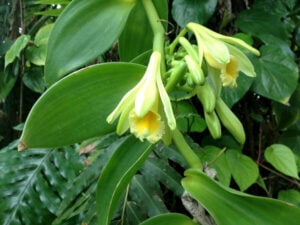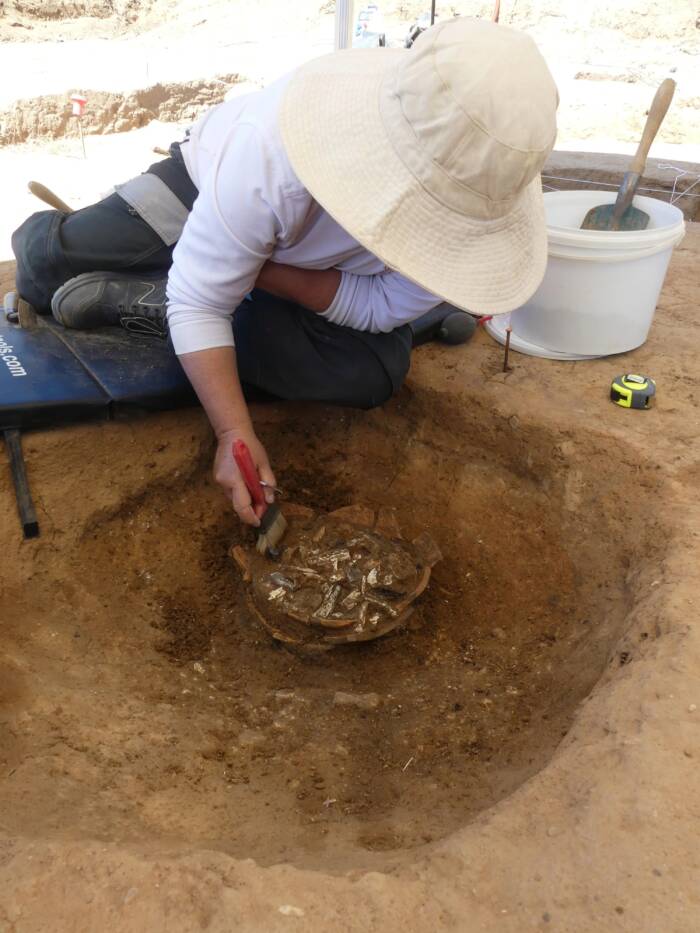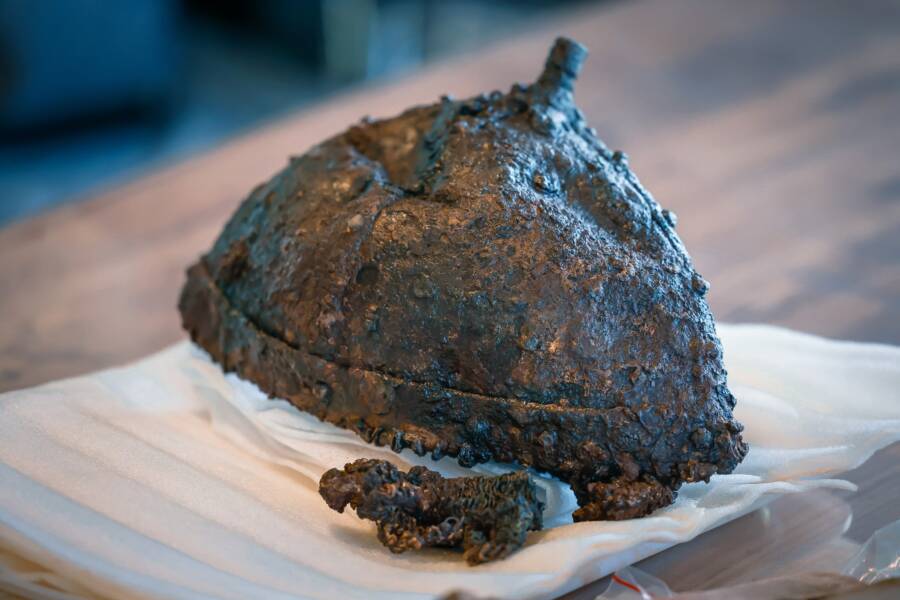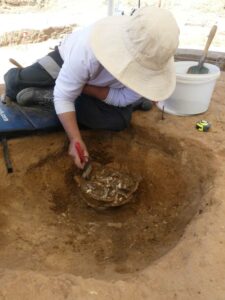“Secrets of the Past: Ancient Vanilla Pod Discovered in Prague Castle Rubbish Pile Reveals Surprising Culinary History”
Imagine rummaging through a royal garbage pile and unearthing a nearly three-inch-long vanilla pod – sounds like the start of a wild treasure hunt, right? Well, that’s exactly what happened at Prague Castle’s Vladislav Hall! Dating back between 1513 and 1666, this discovery is shaking up historians’ timelines and causing quite the stir in our understanding of when vanilla, that beloved flavoring we take for granted today, first graced the shores of Europe. While we might think of vanilla as a cozy kitchen staple now, its journey from Mesoamerica to the majestic halls of a 16th-century castle is fascinating, to say the least. So, what does this mean for our taste buds, and what stories does it tell about trade and desire during the age of exploration? Buckle up, because we’re diving into a delicious slice of history that just might surprise you! LEARN MORE.
Dated to between 1513 and 1666, this vanilla pod unearthed at Vladislav Hall is rewriting historians’ understanding of when vanilla first arrived in Europe.

Al Case/FlickrPrague Castle, where Europe’s oldest vanilla pod was discovered.
Today, vanilla is a staple in many kitchens around the world. Native to Mesoamerica, where it was used in cacao drinks for centuries, vanilla eventually became popular among Europeans after it was brought there from the New World during the age of colonialism.
While exploring a trash heap at Prague Castle’s Vladislav Hall in the Czech Republic, archaeologists uncovered the oldest vanilla pod ever found in Europe. The pod dates as far back as the early 16th century and is upending historians’ ideas about when vanilla arrived in Europe.
Renovations At Prague Castle Uncover The Oldest Vanilla Pod Ever Found In Europe

J. Irmišová et al.The oldest vanilla pod ever found in Europe, uncovered in a garbage heap at Prague Castle.
Between 2008 and 2009, renovations were carried out at Prague Castle’s Vladislav Hall. The castle, built between 1490 and 1502, was the seat of power for the King of Bohemia and served as a frequent meeting place for Europe’s elite.
In particular, Vladislav Hall functioned as a banquet space and a location for royal coronations. Beginning in the 17th century, the hall also served as a miniature marketplace where the elite could purchase luxury goods like books, art, and exotic foods.
During renovations in 2008 and 2009, archaeological crews were working on restoring the hall when they discovered remnants of an old floor that was destroyed in a fire in 1541. The floor was covered in layers of sediment containing a large amount of small artifacts, including a nearly three-inch-long vanilla pod.

Wikimedia CommonsThe vanilla pod was discovered near the side doors on the left at Prague Castle’s Vladislav Hall.
Radiocarbon dating of the pod found that it likely originated between the early 16th century and the late 17th century, perhaps during the reign of Holy Roman Emperor Rudolf II. He was known, among other things, for his interest in alchemy, a field of study that sought to transform and purify materials like lead into gold, and this may have some connection to the vanilla pod.
But what’s clear for now is that this pod is the oldest example of vanilla ever unearthed in Europe — making it a key discovery in understanding the timeline of the Columbian Exchange and how goods from the New World were used by Europeans.
The Origins Of Vanilla And Its Arrival In The Old World

J. Irmišová et al.An historical illustration of the vanilla plant.
The vanilla plant is native to Mesoamerica, largely in areas of Mexico and several surrounding Central American countries.
It was first largely cultivated by the Totonacs, a Mesoamerican culture that lived in the modern-day Mexican states of Veracruz and Puebla. After their defeat by the Aztecs in the 15th century, the Totonacs began paying tribute with vanilla. Soon, the Aztecs were using the plant to flavor their hot cacao beverages as well as other food and drinks.
Following the Europeans’ arrival in the New World, vanilla was exported to the Old World and used in the making of chocolate and other desserts. Its popularity exploded in the 17th and 18th centuries as it was included in popular desserts like cake and ice cream.
However, the sale of vanilla was not widespread across Europe in the 16th century, so how did it end up at Prague Castle?
In the 16th century, the Bohemian nobility that controlled Prague Castle was greatly influenced by the Habsburgs — Europe’s most powerful family, who controlled areas stretching from the Netherlands to Croatia. They soon began demanding a wealth of goods from the New World, including vanilla.

Wikimedia CommonsOriginally from Mesoamerica, the vanilla plant has since been cultivated in a number of regions across the world.
According to a study about the vanilla pod discovered in Prague Castle, recently published in the Journal of Archaeological Science: Reports, the Bohemian monarchs were inspired by the Habsburgs and likewise demanded access to the novel resources pouring in from the New World via the Columbian Exchange, eventually leading to the arrival of vanilla at Prague Castle.



















